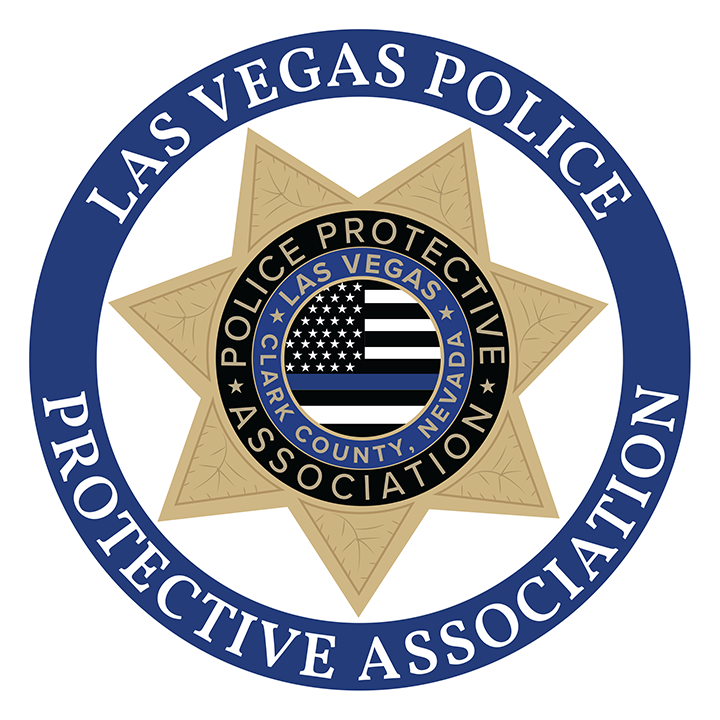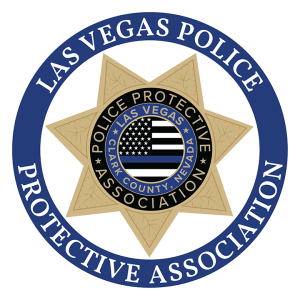
Treasurer
I believe that the vast majority of our leadership on this Department is doing a great job and that we truly have good bosses. However, there are toxic leaders within our ranks who are allowed to openly “poison the well” because they are “brass.” We all know these bosses are not held to the same standards as our rank and file.
In recent years, the issue of toxic leadership within police departments has gained significant attention as incidents of misconduct and community distrust continue to surface. Toxic leadership, characterized by abusive supervision, unethical behavior and a disregard for the well-being of subordinates, can severely undermine the effectiveness and reputation of law enforcement agencies. Understanding and addressing toxic leadership is crucial for fostering a healthier working environment for officers and rebuilding trust with the communities they serve.
Does this ring true to the present events that our Department is currently dealing with? I believe the two sergeants who have recently made headlines in the news, Menon and Lucero, fit perfectly into the category of toxic leadership. I also believe the rest of their chain of command in those instances are toxic leaders as well. There were plenty of signs and complaints about their toxic leadership that the Department either ignored or looked the other way on until it became impossible for them to sweep the issue under the rug.
Both of these sergeants were accused of workplace violence by their subordinates, and their toxic chain, including both of their captains, backed Menon and Lucero over our victim officers. In both incidents, the whistleblowers were not met with sincerity or the Department’s ICARE values. Instead, these officers were targeted by their toxic chain, retaliated against, labeled as bad or lazy officers and even were threatened with transfers to less desirable positions.
Yes, Menon and Lucero are finally being held accountable for what they did, but what about their lieutenants and captains who also played a role and enabled them? Will they be held accountable as well? Past practices have shown that they will not, and that’s why I believe instances like this are occurring and will continue to occur until the Department gets serious about addressing its toxic leaders.
If you are wondering how you can identify toxic leaders, here are some of their traits.
The Characteristics of Toxic Leadership
Toxic leadership in police departments often manifests through certain detrimental behaviors and attitudes, including:
Authoritarianism: Toxic leaders frequently rely on an authoritarian style, making decisions unilaterally and discouraging input or feedback from subordinates. This can suppress innovation and discourage officers from voicing concerns.
Micromanagement: Excessive control over tasks and an obsession with minor details can lead to a stifled work environment where officers feel undervalued and untrusted.
Bullying and intimidation: Toxic leaders may resort to bullying tactics, using fear to maintain control. This behavior can create a climate of hostility and fear, negatively affecting morale and teamwork.
Lack of accountability: When leaders fail to hold themselves accountable for their actions, it sets a poor example for subordinates, potentially leading to widespread misconduct and unethical behavior.
Favoritism and nepotism: Granting preferential treatment to certain individuals can foster division within the ranks, breeding resentment and diminishing unit cohesion.
The Impact on Officers and Departments
The presence of toxic leadership within a police department can have profound implications, such as:
Low morale: Officers working under toxic leadership often experience decreased job satisfaction and morale, leading to higher turnover rates and absenteeism.
Mental health issues: The stress and anxiety caused by a toxic work environment can contribute to mental health issues among officers, impacting their personal and professional lives.
Reduced effectiveness: A toxic environment stifles innovation and teamwork, diminishing the overall effectiveness of a department in fulfilling its duties to protect and serve the public.
Erosion of trust: Community trust in law enforcement is critical. Toxic leadership can exacerbate issues of mistrust, particularly if the public perceives that misconduct is being tolerated or even encouraged.
Strategies for Addressing Toxic Leadership
Addressing toxic leadership requires a concerted effort from all levels of a police department. Key strategies include:
Promoting accountability: Establishing clear accountability measures ensures that leaders are held responsible for their actions, promoting a culture of integrity and transparency.
Leadership training: Implementing comprehensive training programs focusing on effective, ethical leadership can help identify and cultivate leaders who are committed to positive change.
Encouraging feedback: Creating channels for officers to provide feedback without fear of retribution is crucial in identifying toxic behaviors and facilitating necessary changes.
Mental health support: Providing adequate mental health support for officers can help mitigate the negative impacts of toxic leadership and promote a healthier work environment.
Community engagement: Building strong relationships with the community through ongoing dialogue and transparency can help rebuild trust and ensure that law enforcement remains accountable to those they serve.
Conclusion
The challenge of toxic leadership in police departments is a pressing issue that requires immediate attention and action. By recognizing the signs of toxic leadership and implementing strategies to foster a more positive and accountable culture, police departments can enhance their internal function and improve their relationship with the communities they serve. Ultimately, transforming leadership within police forces is essential not only for the well-being of officers but also for the safety and trust of the public at large.

